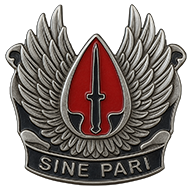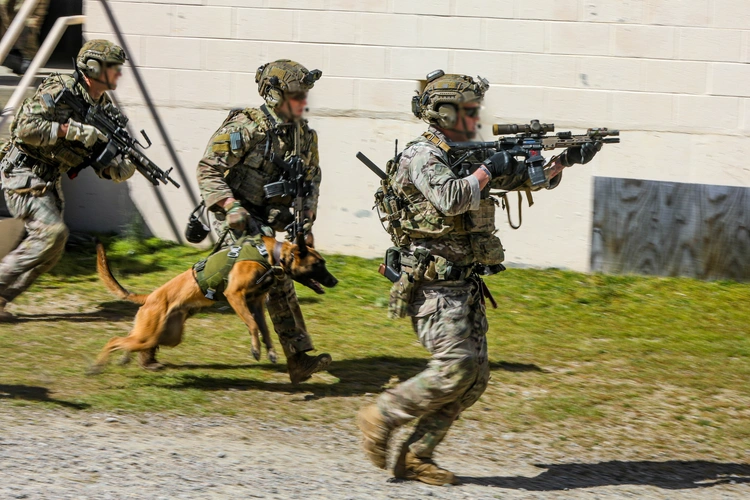The Fundamentals of Small Unit Tactics
This readiness brief standardizes squad-level actions on contact through three core battle drills: BD 1-A (Squad Assault), BD-3 (Break Contact), and BD-4 (React to Ambush—Near). The goal is disciplined execution of the F3F2 process: Find, Fix, Flank, Finish.
- Find – Identify the enemy’s position with the 3Ds: Direction, Distance, Description (e.g., “Contact front—200—two PKMs in the second story”).
- Fix – Suppress the enemy with steady fire to keep them pinned in place.
- Flank – A maneuver element shifts left or right to hit the enemy from a new angle, using calls like “Action Left/Right” and “Get on Line”.
- Finish – End the fight by shifting/lifting fires, assaulting through, consolidating, and reporting.
On contact, squads call the 3Ds, issue fire commands using ADDRAC (Alert, Direction, Description, Range, Assignment, Control), and send a SALTA report (Size, Activity, Location, Time, Actions taken) to higher. Maneuver elements flank on command, close on the enemy, and assault through. If suppression cannot be gained or the enemy is too strong, squads conduct BD-3 (Break Contact) by using smoke and controlled movement (bounding or peeling back) to a pre-briefed rally point, keeping accountability of all members before re-tasking.
The three drills provide structured responses under stress:
- BD 1-A (Squad Assault): Used when suppression can be gained and terrain supports maneuver. The contact element holds the enemy, the support-by-fire team engages using TRPs (Target Reference Points — known landmarks or features used to focus and control fire), and the maneuver element flanks, assaults through, and consolidates.
- BD-3 (Break Contact): Used when fire superiority is lost, ammunition or casualties force disengagement, or the enemy overmatches. A hasty support-by-fire is set, elements bound or peel back under smoke, and regroup at the rally point for accountability and orders.
- BD-4 (React to Ambush—Near): Used when the squad takes sudden fire within 25 meters. Elements in the kill zone fire immediately and assault through. Elements outside the kill zone suppress the ambush position without firing across the assaulting element. Everyone consolidates on the route once the fight is through.
Fire control is managed with:
- TRPs (Target Reference Points): Pre-selected terrain features (like a tan two-story building or an alley corner) used to mark where to place or shift fires.
- No-fire lines: Imaginary boundaries leaders set to prevent friendly fire, ensuring no rounds are fired across a lane where friendlies may maneuver.
- Rates of fire: Commands to control how fast weapons are fired. “Rate 4” means a steady, sustained fire; “Rate 6” means faster bursts, typically used for lifting fire or the last bound before assault.
- Kill light: A command at night to switch off all lasers or lights when they are spilling into friendly positions or giving away the squad’s location.
Medical and casualty evacuation follow a simple flow: self-aid → buddy-aid → Combat Lifesaver (CLS). Casualties are reported using ZMIST:
- Z – Casualty ID (e.g., Alpha 2)
- M – Mechanism (e.g., GSW left forearm)
- I – Injuries (confirmed or suspected)
- S – Signs/Symptoms (e.g., bleeding controlled, conscious, breathing rate)
- T – Treatment and Time applied (e.g., tourniquet 1328L; packing 1330L).
CASEVAC (casualty evacuation) is tied to rally points or CCPs (Casualty Collection Points), marked with terrain features and pre-briefed smoke/marking plans. After consolidation, squads report up with:
- SALUTE Report: Provides higher with enemy assessment (Size, Activity, Location, Unit, Time, Equipment).
- ACE Report: Confirms element status — ammunition, casualties, equipment.
Together, these drills, reports, and fire control measures ensure squads can adapt quickly, maintain cohesion, and finish the fight.

